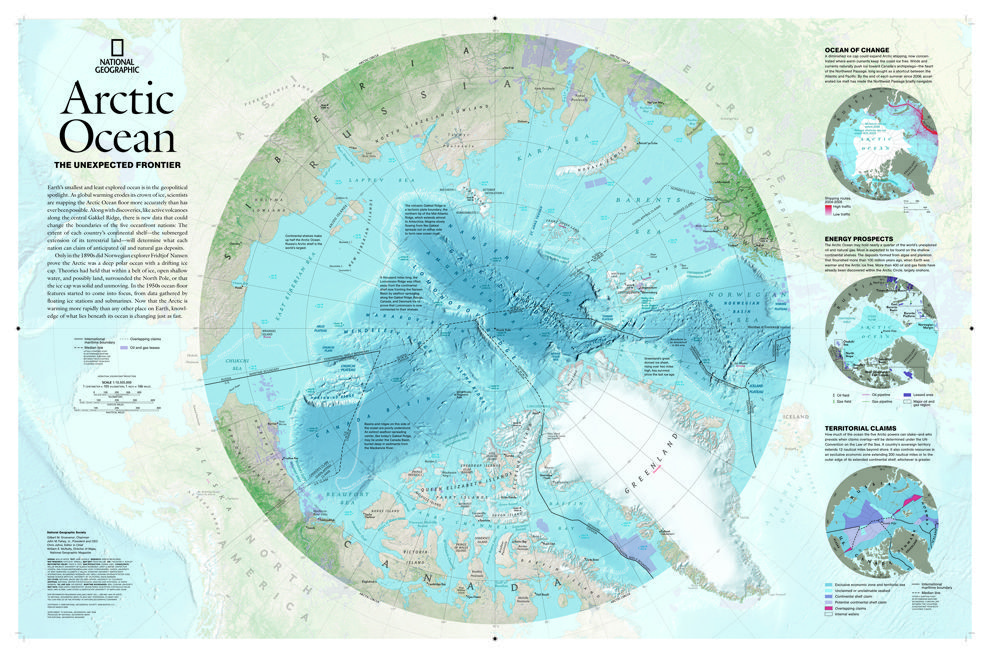What is the shallowest ocean in the world the arctic

What is the shallowest ocean in the world? The Arctic
The Arctic Ocean, located in the Northern Hemisphere, is widely known as the shallowest ocean in the world. Spanning an area of about 14 million square kilometers, this unique body of water holds remarkable features that set it apart from other oceans.

Its shallowness is primarily due to the presence of the Arctic continental shelf, which covers approximately two-thirds of the ocean’s total area. This continental shelf is a submerged extension of the landmass and the shallowest part of the ocean, averaging depths of only about 200 meters.
The Arctic Ocean’s average depth is approximately 1,038 meters, making it substantially shallower compared to other major oceans. In contrast, the Pacific Ocean’s average depth is around 3,970 meters, making it almost four times deeper than the Arctic.
Another contributing factor to the Arctic Ocean’s shallow nature is the presence of underwater ridges and plateaus. These geological formations further reduce its depth, creating various basins and shallower areas throughout the ocean. One notable example is the Lomonosov Ridge, a huge underwater mountain range that extends across the central Arctic Ocean and contributes to the shallow depths in its vicinity.

Despite its shallowness, the Arctic Ocean is of vital importance. It acts as a crucial regulator of global climate, playing a significant role in the Earth’s heat budget and the redistribution of energy. Additionally, it acts as a critical habitat for various marine organisms, including whales, seals, polar bears, and numerous fish species.
Now, you might wonder how the shallowness of the Arctic Ocean affects its overall characteristics and functionality. Well, this unique feature plays a significant role in the ocean’s circulation patterns and the distribution of water masses. The shallow nature of the ocean limits significant deepwater formation and influences the mixing of waters, thereby affecting the overall nutrient distribution and marine ecosystems in the region.
Moreover, the shallow depths of the Arctic Ocean also result in the formation and maintenance of sea ice. As the ocean’s depths average less than 200 meters, the sun’s energy can penetrate through a larger portion of the water column. This leads to increased warming, making the Arctic Ocean prone to extensive ice coverage during colder seasons.
In conclusion, the Arctic Ocean stands as the shallowest ocean in the world, primarily due to the Arctic continental shelf and the presence of underwater ridges and plateaus. Although its shallowness contributes to distinct characteristics, it remains a crucial part of Earth’s climate system and a vital habitat for a diverse range of marine life.
Source: justfunfacts.com
Tags
Share
Related Posts
Quick Links
Legal Stuff

